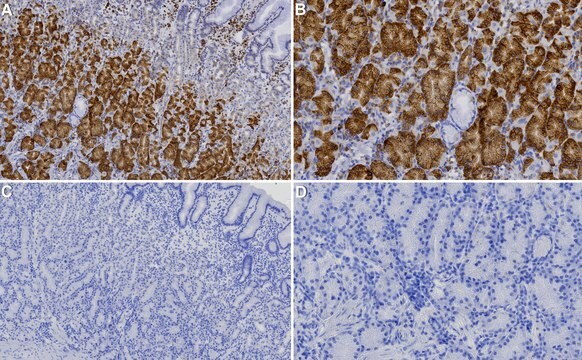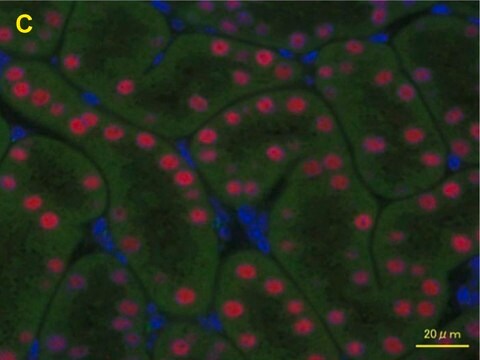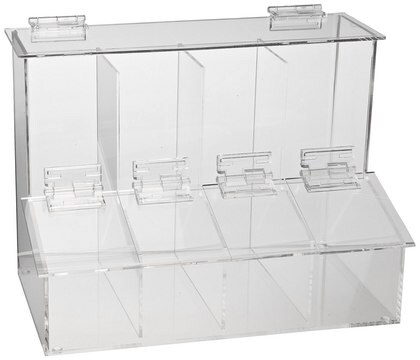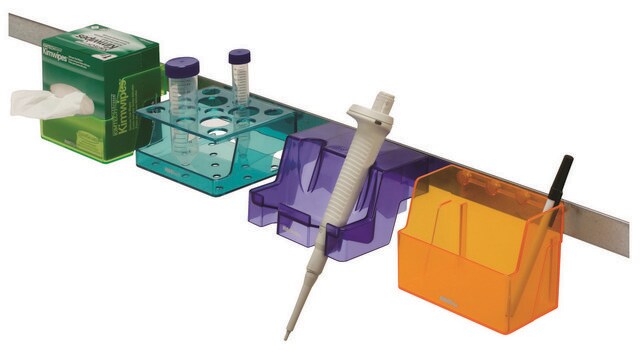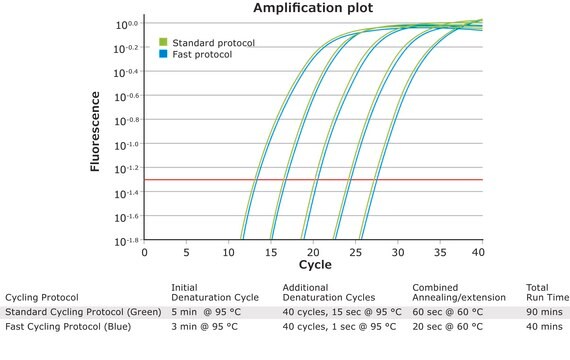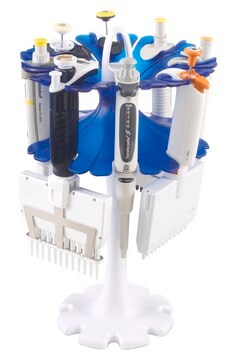About This Item
ICC
IHC (p)
WB
immunocytochemistry: suitable
immunohistochemistry (formalin-fixed, paraffin-embedded sections): suitable
western blot: suitable
Recommended Products
biological source
mouse
Quality Level
conjugate
unconjugated
antibody form
purified antibody
antibody product type
primary antibodies
clone
P2H, monoclonal
mol wt
calculated mol wt 130.98 kDa
species reactivity
mouse, human
packaging
antibody small pack of 100 μL
technique(s)
ELISA: suitable
immunocytochemistry: suitable
immunohistochemistry (formalin-fixed, paraffin-embedded sections): suitable
western blot: suitable
isotype
IgG2a
UniProt accession no.
shipped in
dry ice
storage temp.
2-8°C
target post-translational modification
unmodified
Gene Information
human ... LAMC2(3918)
General description
Specificity
Immunogen
Application
Evaluated by Immunocytochemistry in A431 cells.
Immunocytochemistry Analysis: A 1:500 dilution of this antibody detected Laminin-5 subunit g2 (LAMC2) in A431 cells.
Tested Applications
Western Blotting Analysis: 1 μg/mL from a representative lot detected LAMC2 in lung squamous cell carcinoma cell lysates (Courtesy of Kaoru Miyazaki, Ph.D., KIhara Institute for Biological Research, Yokohama City University, Japan).
Western Blotting Analysis: A representative lot detected LAMC2 in Western Blotting applications (Miyazaki, K., et. al. (2016). Cancer Sci. 107(12):1909-1918).
Immunohistochemistry (Paraffin) Analysis: 10 μg/mL from a representative lot detected LAMC2 in normal human skin, skin cancer, normal breast, and breast adenocarcinoma tissues (Courtesy of Kaoru Miyazaki, Ph.D., KIhara Institute for Biological Research, Yokohama City University, Japan).
ELISA Analysis: 5 μg/mL from a representative lot detected LAMC2 in Lm-gamma2pf and Lm-gamma2 in Lm332 condition medium from Lm332-expressing HEK293 cells (Courtesy of Kaoru Miyazaki, Ph.D., KIhara Institute for Biological Research, Yokohama City University, Japan).
Immunocytochemistry Analysis: A representative lot detected LAMC2 in Immunocytochemistry applications (Miyazaki, K., et. al. (2016). Cancer Sci. 107(12):1909-1918).
Immunohistochemistry Applications: A representative lot detected LAMC2 in Immunohistochemistry applications of lung squamous cell carcinomas and lung adenocarcinomas (Courtesy of Kaoru Miyazaki, Ph.D., KIhara Institute for Biological Research, Yokohama City University, Japan).
Note: Actual optimal working dilutions must be determined by end user as specimens, and experimental conditions may vary with the end user
Physical form
Storage and Stability
Other Notes
Disclaimer
Not finding the right product?
Try our Product Selector Tool.
Storage Class Code
12 - Non Combustible Liquids
WGK
WGK 1
Flash Point(F)
Not applicable
Flash Point(C)
Not applicable
Certificates of Analysis (COA)
Search for Certificates of Analysis (COA) by entering the products Lot/Batch Number. Lot and Batch Numbers can be found on a product’s label following the words ‘Lot’ or ‘Batch’.
Already Own This Product?
Find documentation for the products that you have recently purchased in the Document Library.
Our team of scientists has experience in all areas of research including Life Science, Material Science, Chemical Synthesis, Chromatography, Analytical and many others.
Contact Technical Service
